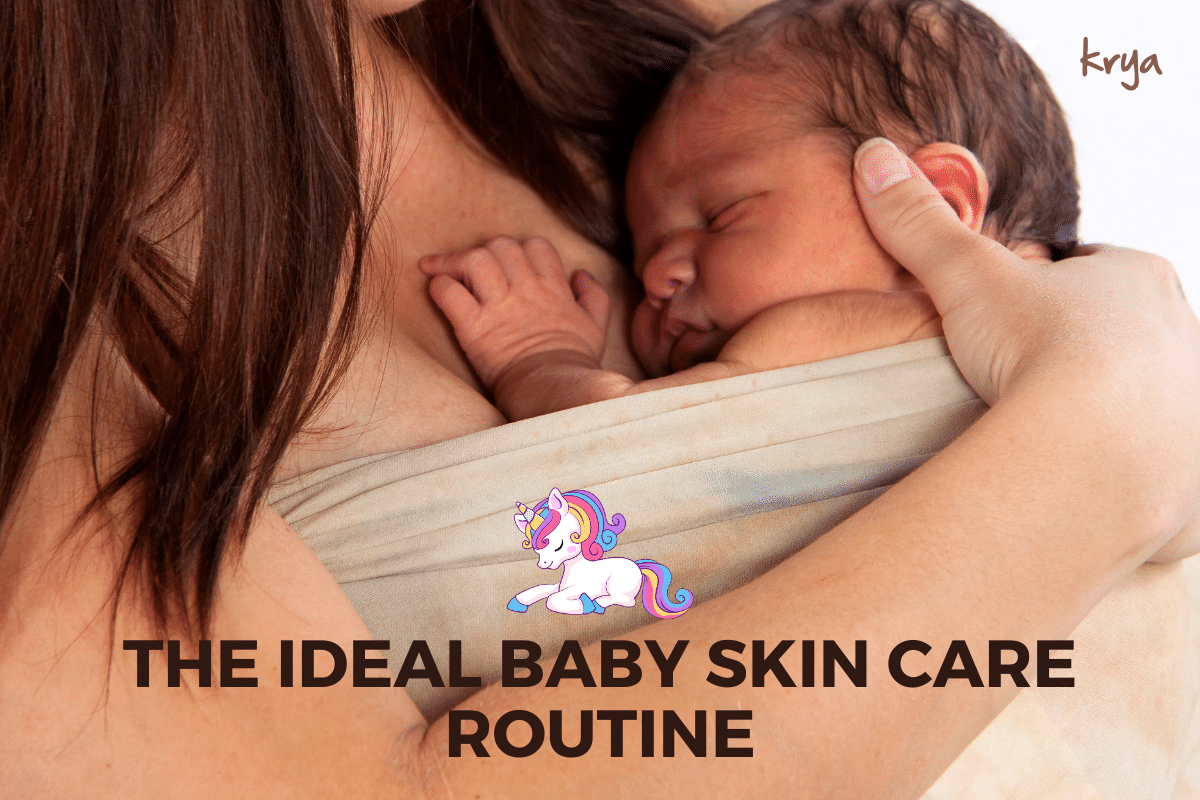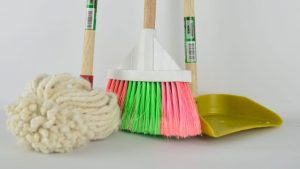This blog is dedicated to helping everyone lead a more environmentally sustainable life, no matter where they are. We choose to in this blog, focus on the unique travails of the environmental enthusiast who lives in a crowded urban city. Perhaps we sympathise more with the urban environmentalists given that we are part of this group as well!

Urban dwellers face many challenges on the road to environmental sustainability: they are severely time poor, live in overcrowded spaces, and have to compete fiercely for what I term the most basic of resources like clean water, clean air and good quality food and pleasant, natural urban spaces.
For the past few months I have been writing a fortnightly column in The Hindu’s habitat supplement on environmental issues that affect the urban home. This writing work has further driven home for us the task at hand for the Krya blog. The hundreds of queries we have now answered from readers of my column, Krya consumers and everyone else who wants to lead a cleaner life points to the escalating concern of the urban citizen on the state of their lives.
I do not believe the answer is to abandon these urban spaces we have created, Frankensteinian monsters though they may seem to be. The answer is to stand our ground, take a good hard look at our lives and begin to reclaim our life. The many urban oases we continue to seek for inspiration like a neighbourhood park or the beach tell us that a better life is possible. With some focus and determination.
On this note, I would like to begin the holiday spring cleaning series. The months between mid October to early March is pleasant all over India not just for the change in weather and the pleasant rains, but also for the many opportunities given to us to re-connect with our culture and our roots. And the festival season is a perfect time to throw out old ingrained practices and usher in some new, safe natural and eco friendly practices around your home.
Why is this critical?
David Suzuki, a Canadian scientist is one of prominent leaders of the worldwide movement fighting climate change and environmental hazards. His foundation has published an important study of the dangerous chemicals found in everyday cosmetics and cleaning products. The study, evocatively called the “dirty dozen” lists twelve chemicals and sheds light on the harmful effects of the “dirty dozen” to the environment and human health. A disturbing statistic of that study conducted in Canada tells us that more than 80% of the commonly used cosmetics contained the “dirty dozen” in various combinations.
What is the relevance of this study for Indian citizens? The entire “dirty dozen” group of chemicals are also commonly found in products sold in India. This is a direct result of globalization where companies use the same chemicals in their operations across the world. Indians however are at a distinct disadvantage due to the lack of strict government regulations on the composition of cosmetic products which is not the case in Europe or North America. For example a category of frequently used preservatives called “parabens “are limited in Europe to a maximum of 0.8% of the product. There is also a debate towards a complete ban on parabens in cosmetics sold in Europe. No such public debate is happening in India and the same companies that cannot use parabens in Europe are free to do so in India.
The Toxic Three
Monitoring a list of 12 ingredients every time you visit the supermarket is utterly impractical. Therefore, I have created a quick check –list of chemicals to be wary of, called the “toxic three” for easy reference. These are commonly found across many products used daily and there is steadily growing body of research that is unearthing the potential harm caused by them. The “toxic three” for our discussion are
1) Triclosan 2) Sodium Lauryl Sulphate 3) Parabens
Triclosan is an anti-bacterial agent and will find its way into your home in a surprising number of products. Triclosan is an endocrine disruptor and is also being linked to cancer. A new concern is also looming. Due to the uncontrolled use of Triclosan, several strains of bacteria are developing resistance to it causing new “super-bugs”.
Sodium Lauryl Sulphate commonly called SLS is an extremely common surfactant used in cosmetics and cleaning products to remove stains and create lather. A closely related compound is Sodium Laureth Sulphate (SLeS). Several studies have linked SLS to eye and skin irritation, reproductive toxicity, endocrine disruption and even cancer.
Final in the “toxic three” are Parabens. They are a group of compounds like ethyl parabens, methyl parabens, used for anti-bacterial and anti-fungal actions. They have a property of mimicking the female sex hormone oestrogen thereby interfering with hormone function. In an English study between 2005 and 2008 on 40 breast cancer tumour samples, 99% of them contained at least one type of paraben.
Where are the toxic three lurking in my home?
Triclosan is likely to be found in a product claiming anti-bacterial properties and is found in over 140 products like mattresses, toilet seat cover, toothpaste, soap, moisturizers, rain-coats etc. Many personal care products now advertise an anti bacterial active, so our list expands to include many products that you use on a daily basis like soaps, toothpastes, cosmetics, hand washes, detergents and dish-washes.
SLS or its variant can be found in any synthetic product that foams in your home. This includes personal care products like shampoos, face wash, shower gels, toothpastes and any liquid cleaning product like liquid detergent, liquid dishwash, hand wash, etc.
Parabens are typically used as preservatives in synthetic products and so can be found in a whole host of products from shampoos, to moisturizers, shaving creams and gels, toothpastes, and even makeup.
The toxic three are not just potentially harmful to you and your family, they also create dangerous consequences for our water bodies as they travel downstream.
What happens to your cleaning water as it travels downstream?
Triclosan resistant bacteria and cyanobacteria
Triclosan which was invented in the 1960s for surgeons slows down the growth of bacteria, fungi and mildew. As it is now commonly used in consumer products, it enters streams, and other water bodies through domestic waste water, sewer lines (which in India are rarely treated separately), with Triclosan residues commonly being found in water bodies in the U.S.
A new study published in the Environmental science and Technology journal, says that this constant flow of Triclosan into our water bodies is triggering the development of Triclosan resistant bacteria in water bodies – this alters the natural diversity of existing bacteria in the water bodies, introducing a relatively unknown and drug resistant species, increasing the composition of cyanobacteria by nearly 6 times, besides killing off the algae.
The increase in cyanobacteria which is a side effect of Triclosan entering our water bodies is extremely worrying – some cyanobacteria produce toxins called cyanotoxins which are toxic and dangerous to human, animal and marine life.
We have seen how the products we use around our home not only threaten our health and safety, but multiply their effect as they are released downstream to create dangerous, previously unthought-of of consequences.
What are my options?
At Krya, we tirelessly advocate the cause of using natural ingredients, close to their natural state and processed in a minimal manner.
In our experiments in our home, and the thousands of consumer emails and phone calls we have received show us how holistically effective substituting simple natural ingredients around the home can be.
A simple ingredient like the Soapberry, which finds its way into all our cleaning products can be safely used in formulations for a natural toothpowder, as a safe cleansing agent for hair which does not strip the hair of its acid mantle or its natural oils, to effectively clean clothes while continuing to maintain their colour and texture and even de-grease and clean your dirty dishes.

Natural ingredients are not just safe, they can also be extremely powerful in their actions – tea tree essential oil, for instance is nearly 100 times more effective as an antibacterial agent than carbolic acid
In the next few parts of the Holiday spring cleaning series, we will explore in greater depth several easily available natural alternatives for the home and also look at simple recipes that can be created to substitute synthetic products at home.
THANK YOU FOR SIGNING UP
Get More Ayurvedic wellness advice
with




